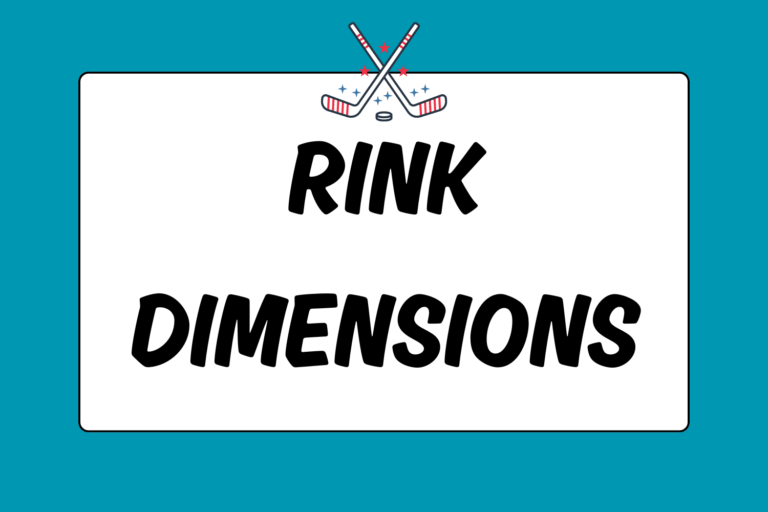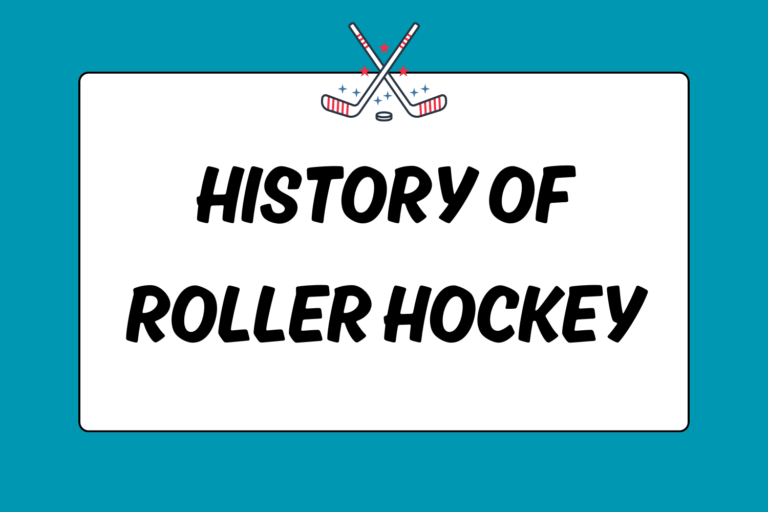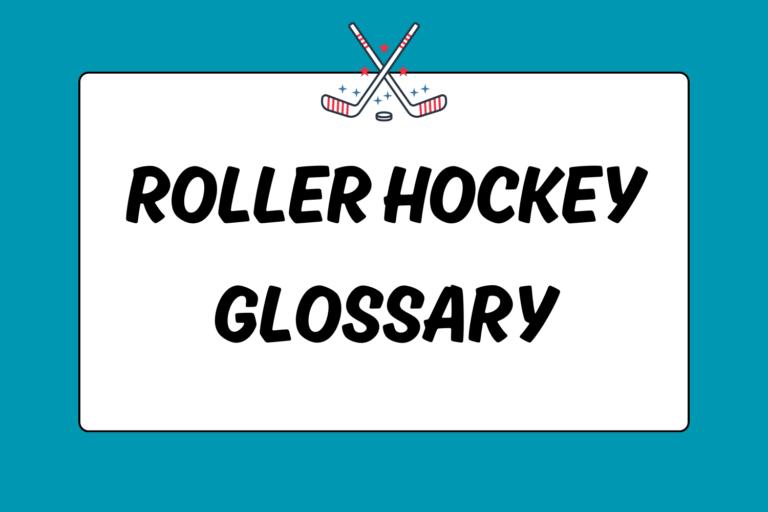All roller hockey skates come with wheels attached. These wheels generally last for a while, but eventually chip, chunk, and deteriorate. When it’s time to buy new wheels, you’ll likely find that it’s a trickier process than you expected.
Inline wheels come in an array of specifications that don’t make a lot of sense to the uninformed: Size in millimeters (mm), hub size, durometer, and profile. This guide explains everything you need to know about roller hockey wheels, so you can make an informed purchase and get back into the game quickly!
Wheel Size
Wheel “size” refers to the diameter of the wheel, which is measured in millimeters. Most roller hockey wheels come in sizes that range anywhere from 47mm to 100mm. Adult wheels usually range in the 70s and 80s. Large wheels allow for more power, and thus more speed. Small wheels, on the other hand, allow for tighter turning radiuses.
Almost all modern roller hockey skates use more than one wheel size, and most skates have either two or three wheels. Generally, the wheels placed toward the front of the skate will be slightly smaller than the wheels in the back. This design provides players with the benefits that both small and large wheels have to offer.
Hub Size
Besides the size of the wheels themselves, all skate wheels have a hub size. The hub is the area of the skate that the bearings are inserted into. There are two hub sizes: 608 Standard Hub and 688 Micro Hub. Despite being a larger number, the 688s have a smaller opening.
The differences in skating in 608s and 688s are imperceptible. This doesn’t mean, however, that they are interchangeable. 608 wheels require 608 bearings, while 688 wheels require 688 bearings. Be absolutely sure you have this measurement is correct before purchasing new wheels, or you won’t be able to use your old bearings!
Durometer & Hardness
Durometer (sometimes spelled durameter) is the third specification used in hockey wheels, and is perhaps the most confusing. Durometer is an industrial term used to describe a material’s resistance to indentation. Put more plainly, durometer is a hardness rating.
Hockey wheel durometer ratings are formatted with a two-digit number followed directly by the letter A. For example: 76A. The higher the durometer rating, the harder the wheel will be (and vice versa). Harder wheels last longer, but provide less grip. Softer wheels provide more grip, but break down faster than their harder counterpart.
76A is as close to a “standard” rating as there is. Most inline hockey wheels are in the 70A-80A range. Heavier players generally need harder wheels, but the decision ultimately boils down to preference and budget. Softer wheels will not last nearly as long, and replacing wheels is costly.
Profile
A wheel’s profile refers to its shape when viewed head-on. Some wheels are squarer around the edges, like car tires, and some have rounded edges, like bike tires.
Further, some inline wheel profiles are asymmetrical. Often, the “inside” edge is flatter to provide more grip. The downside to these wheels, when compared to symmetrical ones, is that they can’t be rotated to increase their life. Wheel profile is similar to durometer in the sense that an increase in performance comes at a cost to durability.
The Golden Rule
The simplest way to find the correct replacement wheels is to jot down which wheels your skates came with when you bought them, and then buy the same wheels when necessary. If you want to make adjustments — such as changing the durometer or profile — avoid drastic changes. Over several replacements, you’ll find wheels that are perfectly tailored to your game!





